Assessing flash flood mitigation projects in Ute Pass, Manitou Springs as Colorado’s monsoon season arrives
COLORADO SPRINGS, Colo. (KRDO) -- In the aftermath of the June 2012 Waldo Canyon Fire, flash flooding from bare mountain slopes sent water, sediment and debris down onto U.S. 24 in Ute Pass and into Manitou Springs, causing millions of dollars in damage and requiring extensive cleanup efforts.
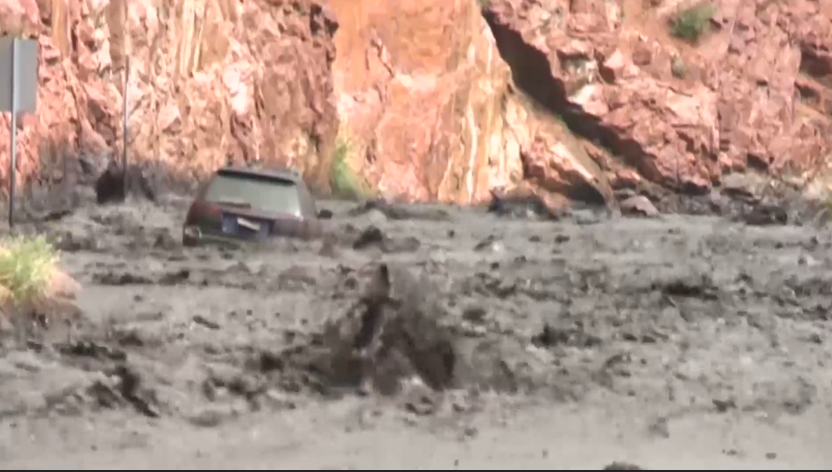
Local authorities teamed up to build flood control structures to slow the velocity of water, trap large pieces of debris and lower the flood risk downstream from the canyon.
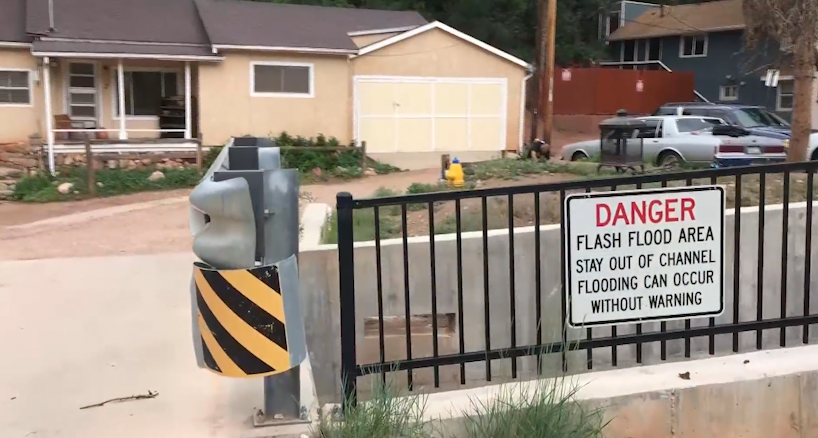
As Colorado's monsoon or rainy season approaches, local leaders reflected Tuesday on at least $50 million invested in those projects, how well they have worked and whether more are needed.
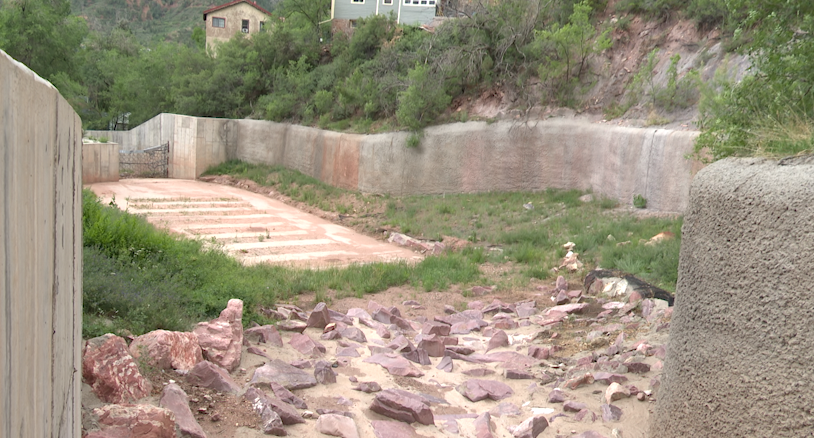
"I'd say they're working well -- around an 8 or 9 on a scale of 10," said Tim Biolchini, a stormwater manager for Colorado Springs. "We haven't had as intense rainfall as we had in 2013 and 2015, but we have had some very significant storms -- some, 10- to 15-year storms. We haven't seen any new damage. We think the storms we've had have been an adequate test."
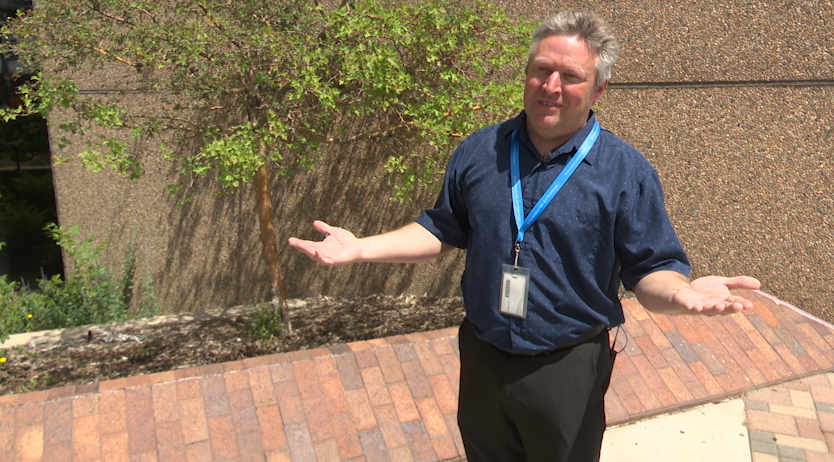
Sallie Clark, who was an El Paso County commissioner during and after the fire, said that while the mitigation projects have been effective, there also has been more vegetation on the burn scar to soak up water or slow the velocity of runoff.

"We also need to learn how to better mitigate ahead of a fire -- so that we don't have these fires that create such hydrophobic soils that nothing holds (water) back and it becomes a rolling disaster," she said.
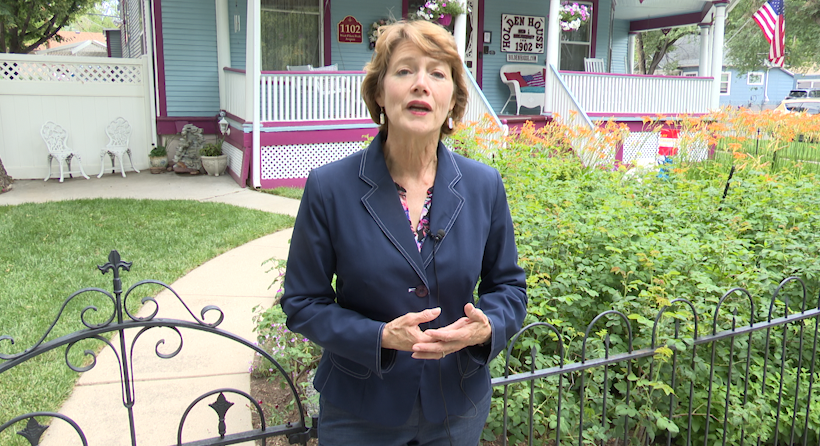
The Colorado Department of Transportation installed around a dozen closure gates along U.S. 24 in Ute Pass, to better limit flooding impacts and avoid the long closures that stopped traffic during flash flood warnings -- but those gates have rarely been used since the mitigation projects were completed.

One mitigation project was built at the end of Williams Canyon in Manitou Springs, where post-fire floods destroyed several homes.
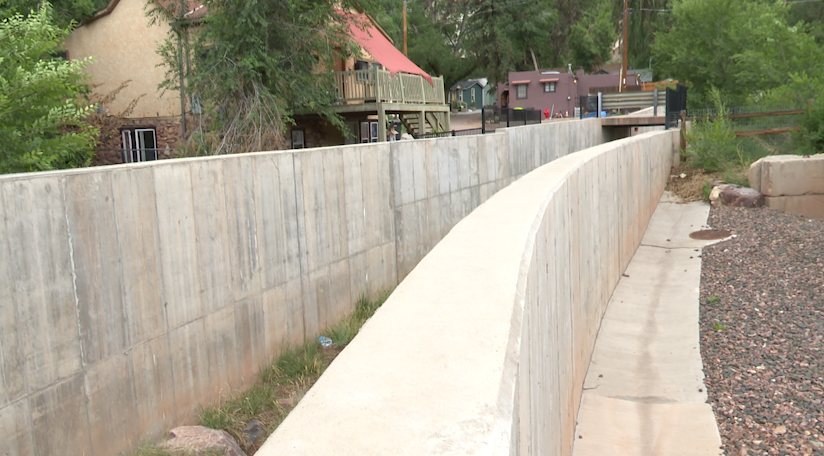
Lorenzo and Joanie Jones live next to the project and said that they are glad to have it -- even though they spent up to $7,000 of their own money to add steel plates for further protection.
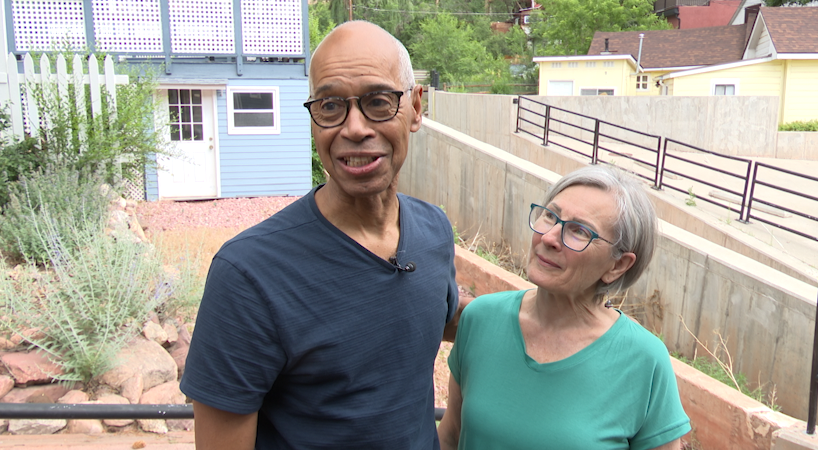
"(The second flood) was like a freight train," Joanie said. "It felt like a freight train was running through the house, and rattling. And that wasn't even as bad as the first one."
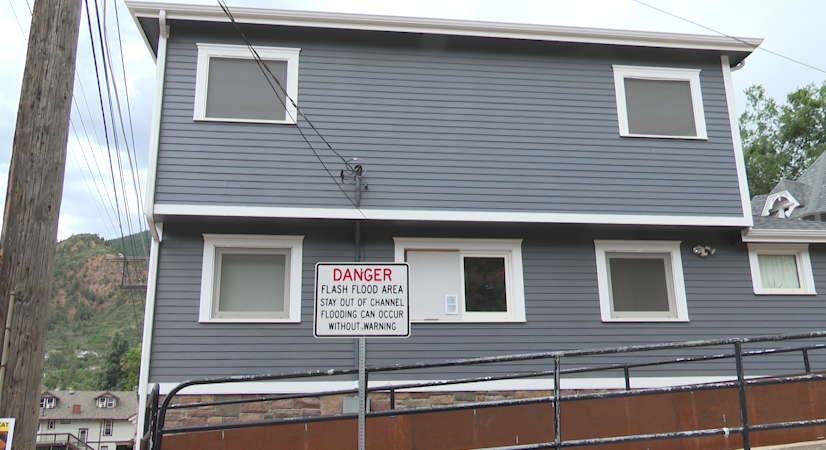
The couple said that fortunately, the floods caused only exterior damage to their home.
"We built it 20 years ago," she said. "We had no desire to leave."
